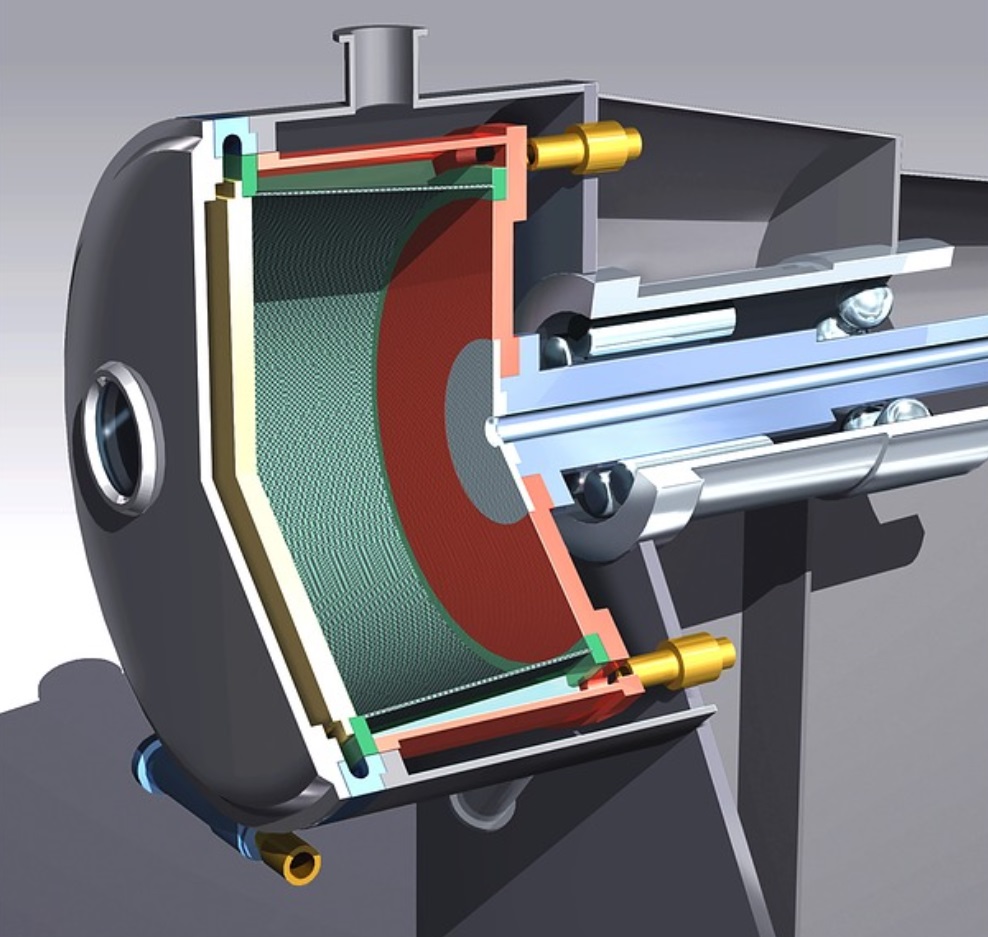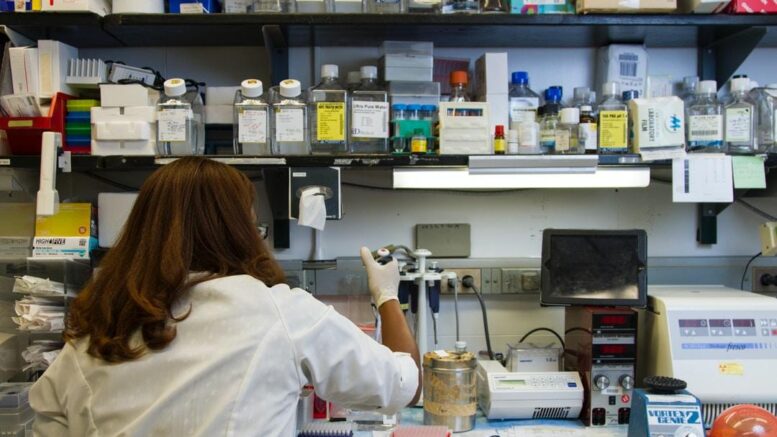The study of the sciences has fascinated humans for centuries and the apparatus we have today makes the age-old exploration even more fascinating. The wide variety of analytical chemistry equipment available will equip you and your colleagues to be the most efficient team you can be, and to get the most reliable results you can get.
The Fascinating World of Analytical Chemistry
The main goal of analytical chemistry is to separate, identify and quantify matter. To do this, a wide variety of instruments and methods are used. Curiosity leads humans down new paths of discovery all the time and the path of analytical chemistry has been an imperative one since the birth of chemistry itself. Robert Bunsen and Gustav Kirchhoff kickstarted the scientific analysis revolution with the development of the first instrument of analysis in the form of flame emissive spectrometry. This led to the discovery of the key elements rubidium and caesium, two soft alkaline metals, in 1860.
The analytical chemistry of today is dominated by instrumental analysis – instruments are essential to the success of research. They provide accurate and reliable results that can easily be tracked, recorded and monitored.
Especially over the last two years in the aftermath of a global pandemic, we’ve seen how analytical chemistry plays an increasingly important role in the lives of people today. In the field of medicine, analytical chemistry is essential in the process of diagnosing and understanding diseases. The equipment used helps professions to analyse biological samples, such as blood, to understand the sample and identify any foreign bodies or illnesses. Additionally, some non-invasive methods analyse the markers in respiration and saliva in order to identify and treat different illnesses. Due to the ease in which it can be sampled, saliva has been well accepted as an important fluid for diagnosis; even the everyday person has had some exposure to this in the last couple of years as oral swabs have been commonly used to test for the covid 19 virus. Analytical chemistry is crucial in the development of life saving drugs as it is used in clinical trials to understand the interaction between patients and the trial drug, a factor that is critical to the successful fight against disease.
The great plethora of analytical chemistry equipment can feel overwhelming. Not only are there is a wide variety of tools available but there is also a spectrum of different options within the more general categories. Determining what will be the best option for you and your team will be one that you need to discuss with each member of staff. Use all the expertise at your disposal to make the most informed decisions and nothing can impede your progress as a multi-disciplinary team! Consider just a few of the analytical chemistry equipment options available to the modern scientist.
Rotary Evaporators
A rotary evaporator, commonly known as a “rotovap” is an essential piece of kit for any comprehensive chemistry laboratory. Due to its expensive nature, it needs to be handled sensibly and with great care and caution. Interestingly, the history of the rotary evaporator dates to 1957 when it was first commercialised after its invention by Lyman C. Craig. The fascinating instrument uses an ingenious technique that separates a volatile solvent from a non-volatile sample in order to study the compound of interest. It does this by increasing the rate of evaporation of the solvent in several different ways. As the word “evaporation” insinuates, the solution is heated while the pressure is reduced so that the solvent boils at a lower temperature. Furthermore, as the word “rotary” indicates, the sample is rotated in order to increase the surface area that is affected. As a result, the solvent material of interest is left remaining while the solution evaporates. These valuable appliances vary in size and capacity so you can find an option that best suits your requirements and available space.

Calorimeters
Another essential piece of apparatus for a well-equipped laboratory is a calorimeter. This device cleverly measures the development during an electrical, chemical or mechanical reaction. Therefore, it can be used to calculate the heat capacity of different materials. By observing the transference of heat from an object to its surroundings, these machines measure the change in energy of the given item. Furthermore, by considering the weight/heat characteristics of a liquid and its container, the total amount of heat can be ascertained. Calorimeters have been designed to match a great variety of needs depending on the field of study they are used in. Multiple historical figures played a part in the introduction of the idea behind the calorimeter and the design we see today. From Joseph Black creating the first ice calorimeter to Antoine Lavoisier using guinea pig’s respiration to melt snow, the ideology has been evolving for centuries into the great variety of machines that scientists, pharmacists and researchers rely on today. The ability to examine the thermal characteristics of different materials and substances is used in a wide range of fields including chemistry, thermodynamics and material science.
Mass Spectrometers
An additional powerful tool in the hand of a researcher is that of mass spectrometry. Scientists across many fields of study use mass spectrometry to identify unknown substances within a given sample, regardless of its state. It measures the mass-to-charge ratio of molecules and atoms, as well as to calculate the molecular weight of the components. When the exact molecular weight can be known, this makes it possible to identify unknown substances, compute known ones and ascertain the structure and properties of molecules. Mass spectrometers complete this analysis using several different techniques, three steps to be exact. The process involves the generation, separation and detection of ions. Similarly, the history of the mass spectrometer is extensive. Even back in 1886, scientists began the studies that grew into the discipline that we know today. There are also a variety of options in machinery available so each team will need to decide what kind of equipment will best suit their needs.
